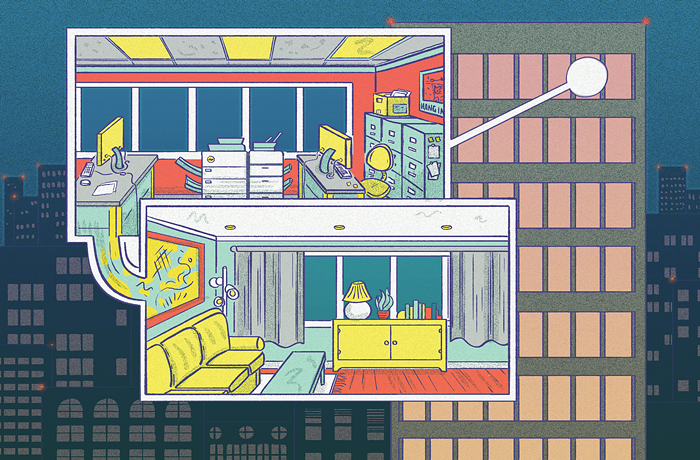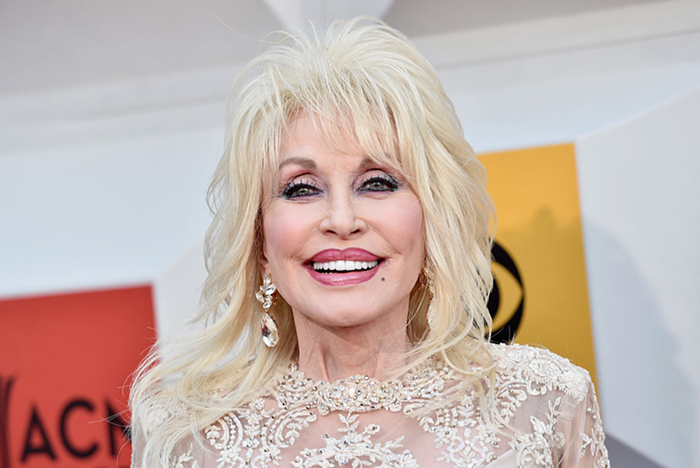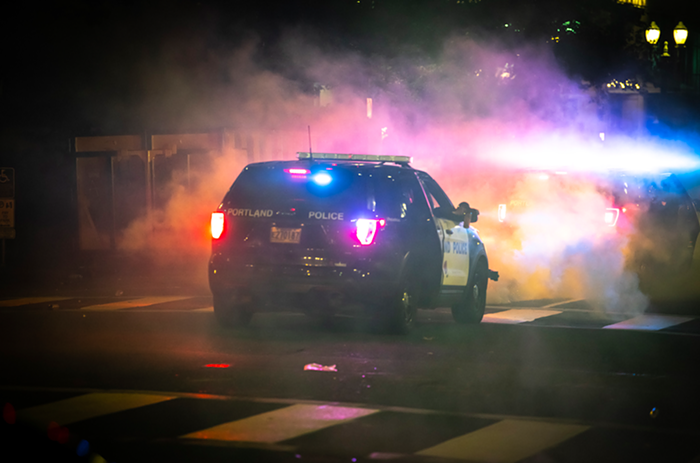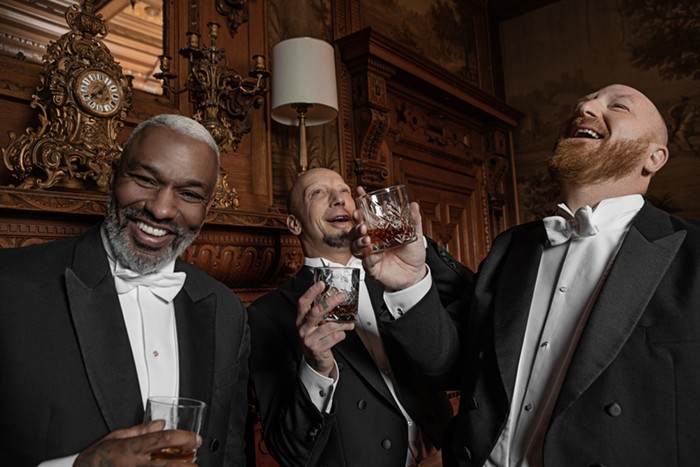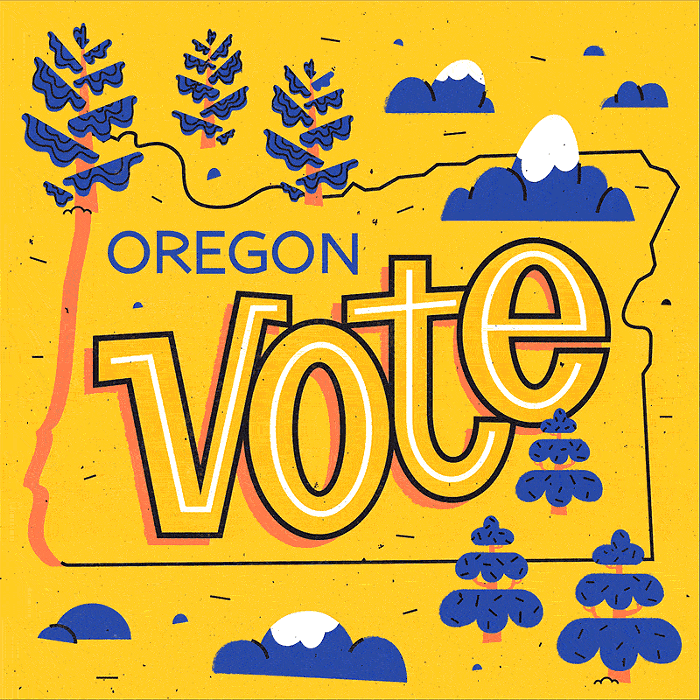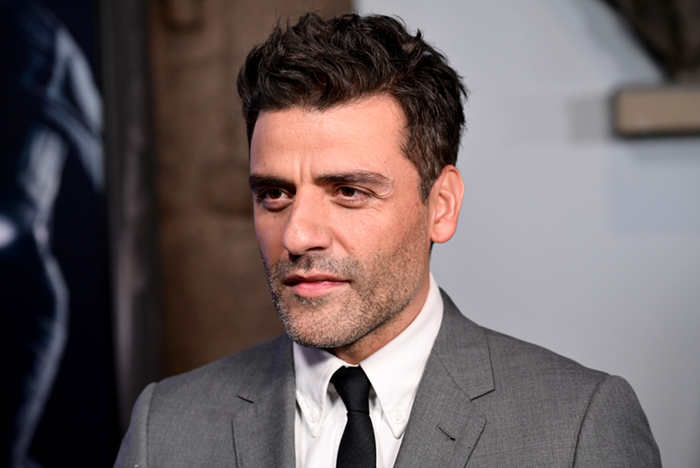Nothing’s inevitable. Had it not been for a storm, the Spanish Armada would have beaten up England. Lincoln’s evening may have been more enjoyable had he canceled his theater plans. A better-designed Florida ballot might’ve given us President Al Gore. You get the idea: According to the popular theory, a butterfly flaps its wings, and eventually... typhoon.
Portlanders love complaining about Portland. But what if, for whatever reason, Portland were completely different? What if the people who created (and still create) Portland made totally different choices? We’d now be living in a Portland alternative universe, where things could be so much better! (Or worse. Probably worse? Who knows?)
What follows is an examination of what Portland might look like today... if we’d done things a wee bit differently.
1845: Welcome to Boston, Oregon!
In 1845, city founders Francis Pettygrove and Asa Lovejoy couldn’t decide what to call this place. Pettygrove wanted Portland. Lovejoy wanted Boston. To decide, they flipped a coin. Portland won.
BUT WHAT IF... it had gone the other way? What if Lovejoy had been able to name us after America’s home of tea parties and tricorn hats? This town would forever be known as “Boston, Jr.,” “West Boston,” “Boston the Younger,” or “Boston, Second of Its Name.” We would never crawl out from the influence of our East Coast namesake and comparisons between the two towns would continually give Boston, Oregon, an inferiority complex, as well as fueling an insufferable number of click-baity lists about how to tell the two towns apart. (As it stands now, barely anyone’s even heard of Portland, Maine. Phew! Close one.)
1849: Presenting Governor Abraham Lincoln (R-OR)
In 1849, Abraham Lincoln had a chance to become governor of Oregon. (Really? Wow!) But he turned it down. (Sad trombone sound.) Instead of Lincoln, we got Governor Joseph Lane—a pro-slavery Southern sympathizer who helped shape Oregon’s early history of African American exclusion. So yeah... things could have gone better.
BUT WHAT IF... Lincoln had taken the job? He probably could have used it as a jumping-off point to become an Oregon senator, just like Lane did. Soon after joining the Senate, Lane ran for vice president in 1860 on the Democratic ticket. Lincoln could have made a similar move, running for president in 1860 (just like in real life) and winning (also just like in real life).
Had he done so, Illinois would no longer be known as the Land of Lincoln, and we could claim a president from Oregon—a really good one! Plus, if Lincoln were setting policy as territorial governor instead of Lane, there’s a chance that Oregon wouldn’t have grown up to be so fucking racist.
1905: Portland Hosts the [Insert Your Name Here] Exposition
In the late 1800s and early 1900s, cities hosting expos about “Progress” and “Building the World of Tomorrow” were all the rage. Paris had one in 1889 and built the Eiffel Tower. Chicago had one in 1893 that attracted boatloads of international attention. Naturally Portland wanted in on the action, so in 1905, we hosted the World’s Fair-esque Lewis and Clark Centennial Exposition. The massive event drew more than 1.5 million participants to the Rose City, providing a huge boost to the local economy. And not just ticket sales—the hotel, restaurant, and transit industries also raked it in. Apparently, this Exposition was quite a sight to see, featuring newfangled moving pictures, electric lights, the world’s largest log cabin, and... oh, dear... a human zoo with Filipinos in it. Unnnnnnngh. That’s a bad look.
BUT WHAT IF... maybe nothing happened? By all accounts the expo was successful and profitable, but it also had another effect. It’s one of the major reasons why anyone gives a shit about Lewis and Clark. Prior to the Expo, the only real national attention the explorers received was an 1814 book about their adventures that sold fewer than 1,500 copies. So it was thanks to the Expo that Lewis and Clark finally gained international fame for going on their really, really long walk (just like Frodo and Sam—except real).
1940s: Bugsy Siegel Deals with a Little Rain
According to local legend, infamous mobster Bugsy Siegel visited Portland, Oregon, in 1949 with the intent of setting up a casino. There’s very little to back up this story, but it appears again and again in popular histories of Portland crime, such as Portland Confidential. True or not, according to the myth, Portland had everything Siegel wanted: pliable law enforcement, a culture of corruption, and demand for vice. But it also had rain, which he hated. So he went to Vegas.
BUT WHAT IF... Bugsy had figured out how to operate an umbrella? He could’ve turned Portland into a Pacific Northwest version of Las Vegas or Atlantic City. At first it would have been a bar here or a nightclub there, with a few card games in the back—but eventually he and the other gambling interests in town could have muscled Portland into legalizing casino-style gambling... which might have been AMAZING! (Until the 1980s, when Donald Trump would have moved in to build one of his shitty casinos. WHY MUST HE RUIN EVERYTHING?)
1942: Tom McCall Stays at the News-Review
Before successfully running for governor, Tom McCall was a journalist for Idaho’s News-Review, and later at Portland’s own KGW. He’s remembered for his stances on the environment and progressivism, as well as being a liberal Republican—a species that has since been hunted to extinction.
BUT WHAT IF... Tom McCall hadn’t gotten fired from Moscow, Idaho’s News-Review? Then he never would have gotten a job with KGW, never gotten involved in politics, and never become governor of Oregon. That could have meant no bottle bill, no push for environmentalism in the 1970s, and no Waterfront Park. McCall took particular interest in ripping up Portland’s riverside highway and replacing it with greenspace, but if he hadn’t... well, cars would be able to get to Trump’s Portland Casino a lot faster.
1974: The Mount Hood Freeway Cuts Through Southeast
In the late ’60s and early ’70s, Portland very nearly built an additional freeway designed to cut through Southeast. It was called the Mount Hood Freeway and would’ve given Portland what it so desperately needed... a quick way to get to Gresham?
BUT WHAT IF... they did build the freeway? Southeast Portland, as you know it, would not exist. Clinton Street would be gone, as well as hundreds of homes that now go for stupid amounts of money.
Maybe even more importantly, though, the funds that would’ve gone to the Mount Hood Freeway were instead diverted to light rail. Having that freeway would’ve meant not having the MAX. Portland would have less housing, one more freeway that’s a pain to cross if you’re on a bike, no light rail, and no old theater showing The Rocky Horror Picture Show every damn weekend.
1984: Michael Jordan, Trail Blazer
In 1984 the Portland Trail Blazers had the second overall pick in the NBA draft. They went with Sam Bowie, whom you’ve probably never heard of.
BUT WHAT IF... instead of going with Bowie, the Blazers picked the guy chosen directly after him—Michael Jordan? At that point the Blazers already had Clyde Drexler, and from there the team could have gone on to actually win the 1992 playoffs! (Plus, instead of continuously talking about The Goonies, we’d be bragging about Space Jam.)
1985: Bud Clark Doesn’t Expose Himself
In 1978, future mayor Bud Clark pretended to flash Kvinneakt, a statue of a nude woman in downtown Portland. A photo of the faux flashing with the caption “Expose Yourself to Art” became a popular poster in the early 1980s. This didn’t particularly amuse Norman Taylor, Kvinneakt’s sculptor. He didn’t see anything from the sales of the poster that made his art famous.
After that, creators of Portland public art wised up. When Portlandia debuted in 1985 on the Portland Building, its sculptor, Raymond Kaskey, maintained the copyright to the giant copper woman—and therefore veto power over any merchandising.
BUT WHAT IF... Clark never flashed the statue? If the poster never existed, it’s possible the City of Portland would’ve maintained the copyright to works of public art, which would’ve opened up the potential for third-party licensing of Portlandia. Without Kaskey owning her image, every T-shirt, hat, coffee mug, shot glass, and commemorative spoon at the airport would’ve featured our city’s most famous work of art: a Poseidon-esque lady who looks like she’s shooting craps in an alley.
2009: Carrie Brownstein and Fred Armisen Didn’t Do Anything
In 2009, Fred Armisen and Carrie Brownstein began shooting the first season of the hit TV show, Portlandia.
BUT WHAT IF... they didn’t? Then we wouldn’t have Portlandia, and you wouldn’t have endured all those calls from your mom asking, “Is Portland really like that?”
Man. That would have been great.
